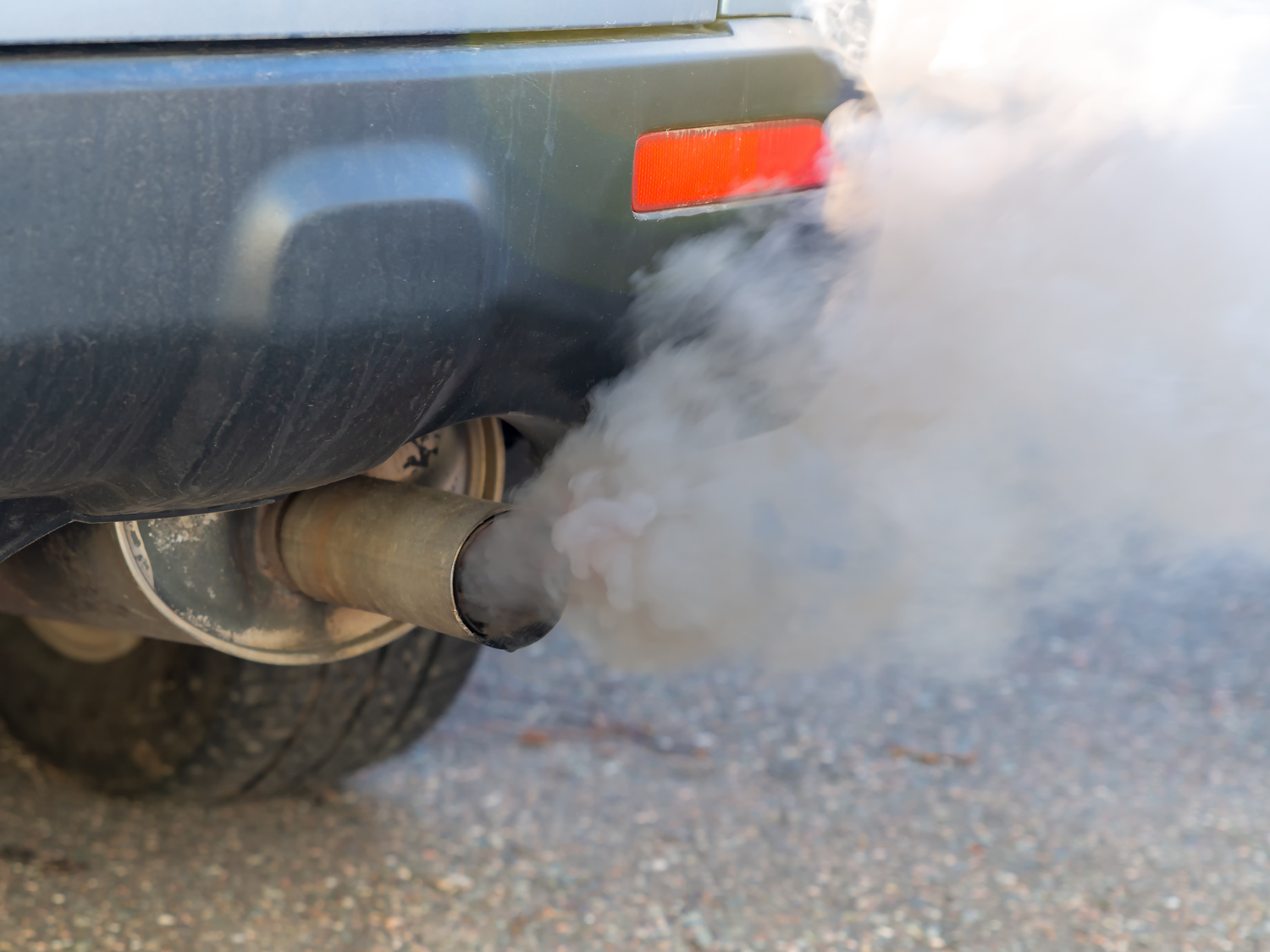What Does the Color of Your Car's Exhaust Smoke Tell You?

Have you ever noticed the color of the smoke coming out of your car's exhaust pipe? Is it the color it should be? Today, Motorist will explain this to you.
Exhaust smoke from a car is a good indicator of the internal condition of the engine. A change in the color of the exhaust smoke from normal can signal a problem that needs to be addressed. Today, Motorist will explain the common colors of exhaust smoke and what each color means.
White Smoke
White smoke from the exhaust can appear in two forms:
- Thin White Smoke When the Engine is Cold: Thin white smoke seen in the morning or after the engine has cooled down is normal. It is usually caused by condensation of water vapor in the exhaust system when the engine starts to heat up. This smoke will disappear once the engine is warm.
- Thick White Smoke: Thick and dense white smoke often indicates a more serious problem, such as coolant leaking into the combustion chamber. This may be due to a damaged head gasket or cracks in the engine. Ignoring this issue can lead to severe engine damage.
Black Smoke
Black smoke from the exhaust is a sign of incomplete fuel combustion. This issue can arise from several causes:
- Excessive Fuel Supply: The fuel delivery system might have a problem, causing the engine to receive too much fuel for combustion.
- Air Filter Issues: If the air filter is clogged, it will reduce the amount of air entering the engine, leading to incomplete combustion.
- Injector or Carburetor Problems: Malfunctioning fuel injectors or carburetors can cause an over-supply of fuel.
Solving this problem may involve cleaning or replacing the air filter, inspecting and repairing the injectors or carburetor, and checking the overall fuel delivery system.
Blue or Gray Smoke
Blue or gray smoke from the exhaust usually indicates the burning of engine oil within the engine. This problem may result from:
- Leaking Valve Seals: Worn valve seals allow engine oil to enter the combustion chamber.
- Worn Piston Rings: Worn piston rings cause engine oil to leak into the combustion chamber.
- Damaged Turbocharger: A faulty turbocharger can cause engine oil to enter the exhaust system.
Fixing this issue may require repairing or replacing the damaged engine components, as well as inspecting and repairing the turbocharger if necessary.
The color of exhaust smoke is a useful indicator of problems within the engine. Understanding and diagnosing issues based on the color of the exhaust smoke can help drivers address problems correctly and promptly. Regular inspection and maintenance of your car are crucial to preventing potential issues and extending the life of your engine.
Claim your free car valuation today!
Read More: What Causes Car Fires?
Looking for a car appraisal? You can contact us for a free car valuation within 24 hours…
